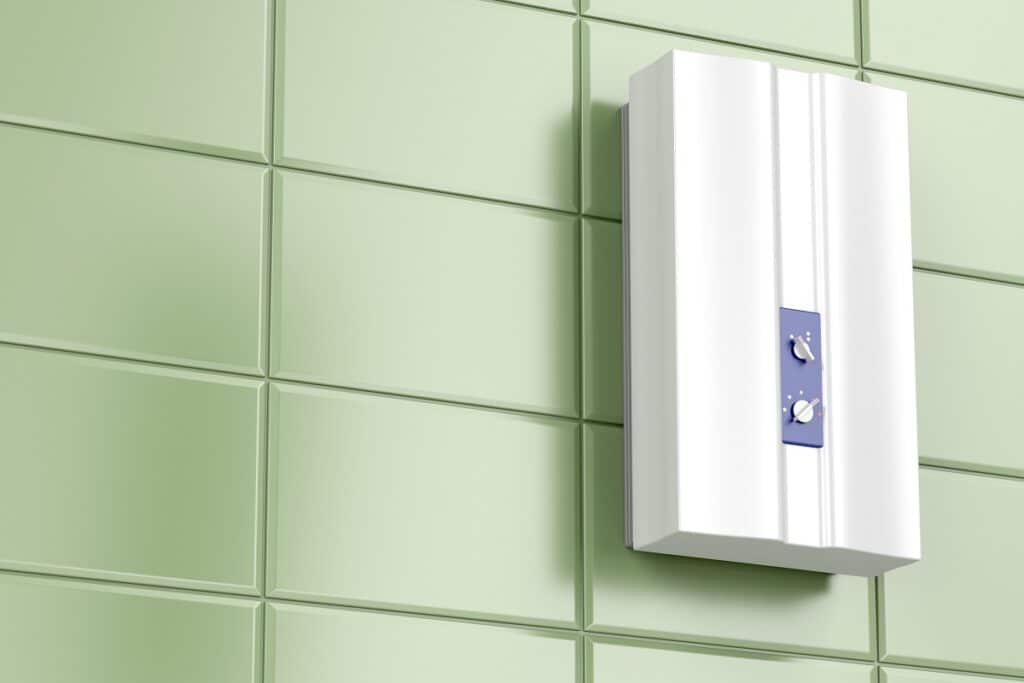If you have a standard, storage-based water heater, your hot water supply is limited by its tank’s capacity. If you need more hot water than this appliance can hold, you’re out of luck. Tankless water heaters don’t have this limitation. They also offer far higher levels of efficiency. However, they do have their drawbacks. Read on to explore the pros and cons of tankless water heating.
Pro: No Standby Energy Losses
Storage-based water heaters heat water and store it for future use. To make sure that their stored water stays hot, they reheat it at regular intervals. This leads to constant, costly, standby energy losses. Worse still, if you have an older storage-based water heater with a pilot light, this appliance wastes fuel keeping its pilot lit, too.
Tankless water heaters heat water on demand. They only use energy when hot water is needed. Given that all tankless water heaters have electric ignition switches rather than pilot lights, they don’t generate any standby energy losses at all.
Pro: Tankless Water Heaters Last Longer
Heating and then storing water takes its toll. Storage-based water heaters sustain ongoing wear from hard water minerals, fluctuating temperatures, and corrosion. Even with maintenance, these factors cause cumulative wear. Storage-based water heaters typically last between 10 and 12 years.
Tankless water heaters last much longer. The average lifespan of these units is 15 to 20 years. They also experience fewer costly repair issues and collect less sediment throughout this time.
Pro: They Take Up Less Space
Tankless water heaters have sleek, slim profiles. They’re much smaller than tank-based appliances. This leaves homeowners with more free indoor space.
Con: They Can Get Overwhelmed
Tankless water heaters are often hailed as offering an unlimited hot water supply, but they can get overwhelmed. For instance, a tankless water heater might not be able to serve two major appliances or running fixtures at once. This could prove problematic if taking a hot shower while running your dishwasher or washing machine.
A single tankless water heater works best for homes that use just 41 gallons or less of hot water each day. If you use more than this or if you have multiple appliances that demand hot water, you may need to have two tankless water heaters installed.
Con: Tankless Water Heaters Cost More
Zero standby energy losses and on-demand water heating come at a cost. Depending upon which tankless model you choose, this cost could be 20% to 40% higher than that of a basic, tank-based water heater.
Tankless water heaters can help you cut your carbon footprint and lower your home energy bill. With on-demand water heating and electronic ignition switches, tankless water heaters don’t generate the energy waste that storage-based models do. However, they aren’t always the best choice for large households or homes with high hot water demand. To shop an expansive selection of efficient and high-performing water heaters in Waldorf, MD, get in touch with A Better Plumber today.








